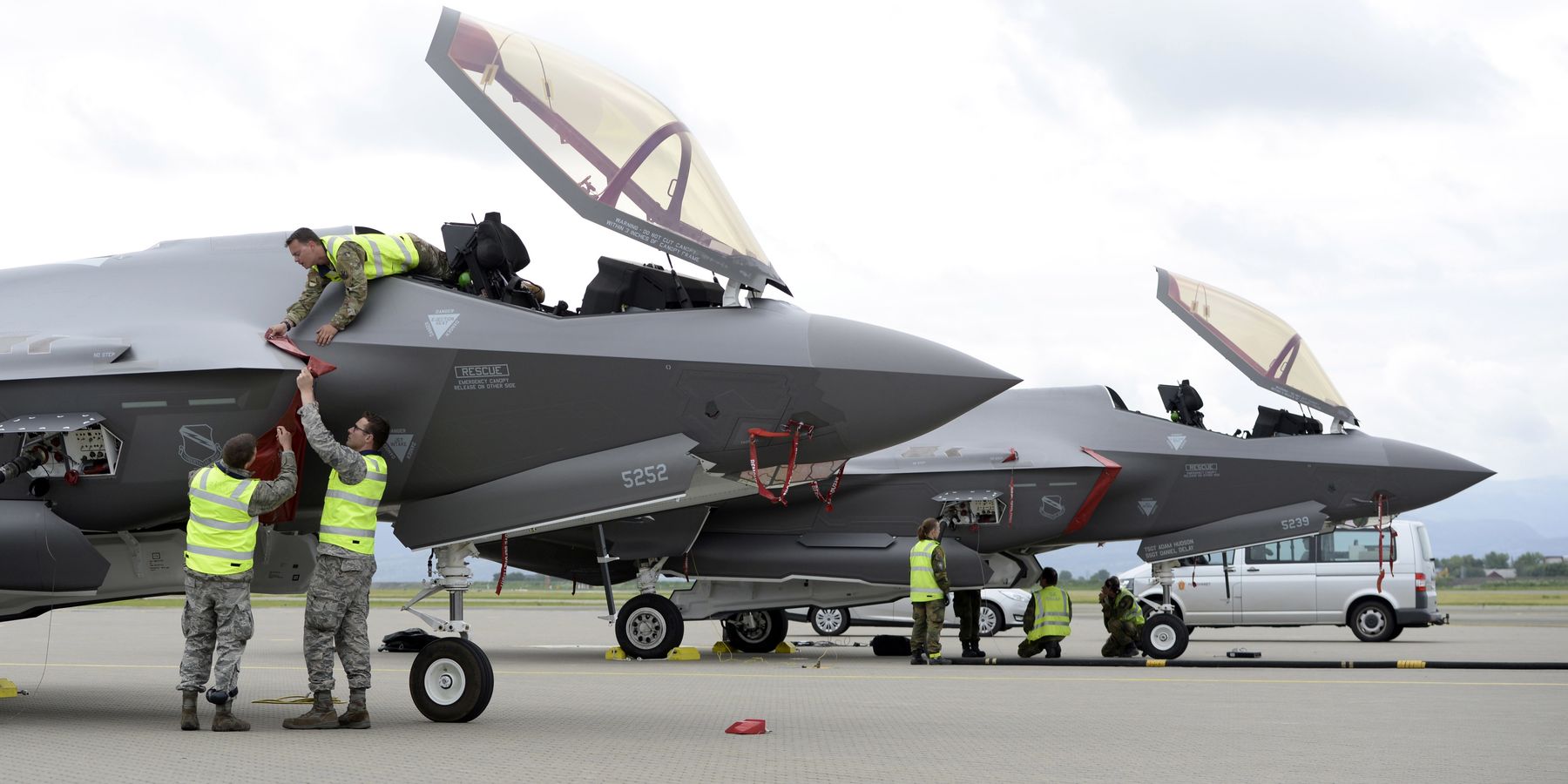Elon Musk has turned his attention to the F-35 program, and he isn’t impressed. The world’s richest man – who owns SpaceX, the sole provider of reliable American space launches – threw shade at the most expensive weapon program in history in a post on X on November 25.
“The F-35 design was broken at the requirements level, because it was required to be too many things to too many people. This made it an expensive & complex jack of all trades, master of none. Success was never in the set of possible outcomes,” Musk posted on X.
Elon Musk is absolutely right…and not just because I have been saying the exact same thing for a decade!
The American people need to come to grips with the fact that the F-35 program is a complete flop. Most leaders of the national security establishment are unlikely to say so in such blunt terms, but some of them are now tacitly admitting the truth probably without realizing they are.
The Fort Worth Star-Telegram, effectively the hometown newspaper for the F-35 program, recently published an article loaded with quotes from lawmakers, defense officials, and university professors. They all made an economic argument to defend the program.
That should send shivers down the spine of every Lockheed Martin executive. When the best argument that can be made for a weapon program is its economic impact, it is clear the program has limited military value.
For a program in development for more than 23 years, at the expense of nearly $300 billion so far, the American people have received little in return. New F-35s coming off the Fort Worth assembly line have only limited combat capabilities. It will reportedly take years for engineers to complete the hardware and software necessary for new F-35s to achieve full combat capability. The jets already in service have demonstrated an appalling lack of reliability. During all of 2023, the F-35 fleet only managed a 30% full mission capable rate.
The F-35 has proven to be a deeply flawed aircraft that is far from meeting the needs of the services and therefore jeopardizes national security. Focusing attention on the program’s economic impact is simply a desperate attempt to prevent Congress from cutting funding.
Such a strategy has been used by industry before, but it usually just delays the inevitable. National security establishment leaders attempted to save the Navy’s Littoral Combat Ship with similar arguments in the last decade. The LCS program was initially praised by its supporters as a revolutionary surface ship capable of affordably filling multiple roles. As more of the ships were built and entered active service, it became increasingly clear the program failed to live up to expectations and Navy leaders wanted to cut their losses. But lawmakers kept the program sputtering along for a few years longer because of its economic impact.
Providing for the common defense is enshrined in the preamble to the Constitution. The American people tolerate, however grudgingly in many cases, the government spending their tax dollars to build weapons for the military. The expectation is that Congress will spend wisely to buy things that work and that fill capability gaps. Lawmakers shouldn’t buy weapons simply to stimulate the economy. There are far better ways to boost the economy with taxpayer dollars than wasteful defense spending. Imagine the effect on the overall economy if just a fraction of the money spent on the F-35 was spent on the country’s transportation network.
The military value of a weapon program is the only valid justification for its expense. If someone does feel the need to defend a program, the argument should be based on the weapon’s demonstrated effectiveness and its centrality to the nation’s defense. If a weapon doesn’t work or can’t be purchased in the numbers the services need, then what is the point?
The American people today spend far more on defense than they did just a generation ago. Pentagon spending levels are nearly 50% higher than they were in the year 2000. That extra money has been sunk into numerous acquisition failures. The Littoral Combat Ship, the Army’s Future Combat System, the Zumwalt-class destroyer, the KC-46 aerial tanker, and the Marine Corps’ Expeditionary Fighting Vehicle are just a few significant disappointments from the past 25 years.
The system is clearly broken. The incoming Trump administration will have to take drastic steps to rein in the excesses of the past 25 years. With influential people now at least unwittingly admitting the F-35’s failures, it could be a good starting point. Cancelling the program outright would be very difficult because of all the foreign entanglements that were baked into it from the beginning. But limiting production until engineers complete the F-35’s design may send the proper signal to the defense industry that the status quo is intolerable.
- Would you pay $1.7 trillion for a plane that couldn’t fly? ›
- Failing F-35 fighter grounded once again ›
- Congressman to F-35 contractors: 'what in the hell are you doing?' ›
- The F-35 fighter will now cost more than $2 trillion ›
- F-35 crashes same day Lockheed CEO touts its success | Responsible Statecraft ›
- Gutting military testing office may be the deadliest move yet | Responsible Statecraft ›
- US gov't admits F-35 is a failure | Responsible Statecraft ›



 Top photo credit: Ngô Đình Diệm after being shot and killed in the 1963 coup (US National Archives)
Top photo credit: Ngô Đình Diệm after being shot and killed in the 1963 coup (US National Archives) 












